How Much Does A Spinach Plant Yield? Spinach plants are an extremely popular leafy green vegetable that is sold in grocery stores around the world. However, if you’re thinking of growing your own spinach you might want to know how much can you get from an individual plant throughout a season.
Spinach plants typically yield around 1.5 to 2.5oz (50 to 70g) throughout the season according to a University of New Hampshire study which looked at the yield of spinach plants across the two-year period. However, to achieve this yield researchers harvested the plant anywhere between 8 and 10 times throughout the season to maximize the output.
This means that it is important to frequently visit your plants and pick any leaves that are available as they appear. However, when picking leaves it is important to leave some of the smaller central leaves on the plant as this will ensure that the plant is able to continue to photosynthesize and will recover quickly from the harvest.
Therefore is a good idea to have at least 10 to 20 plants in your garden to allow you to pick a few leaves for each plant every few days which will ensure continuous harvests for around 2 or more months.
The length of the harvest period will vary depending upon the time of year that you are growing the plant. Spinach plants prefer to be grown in the cooler parts of the year as they will quickly run to seed in hot weather.
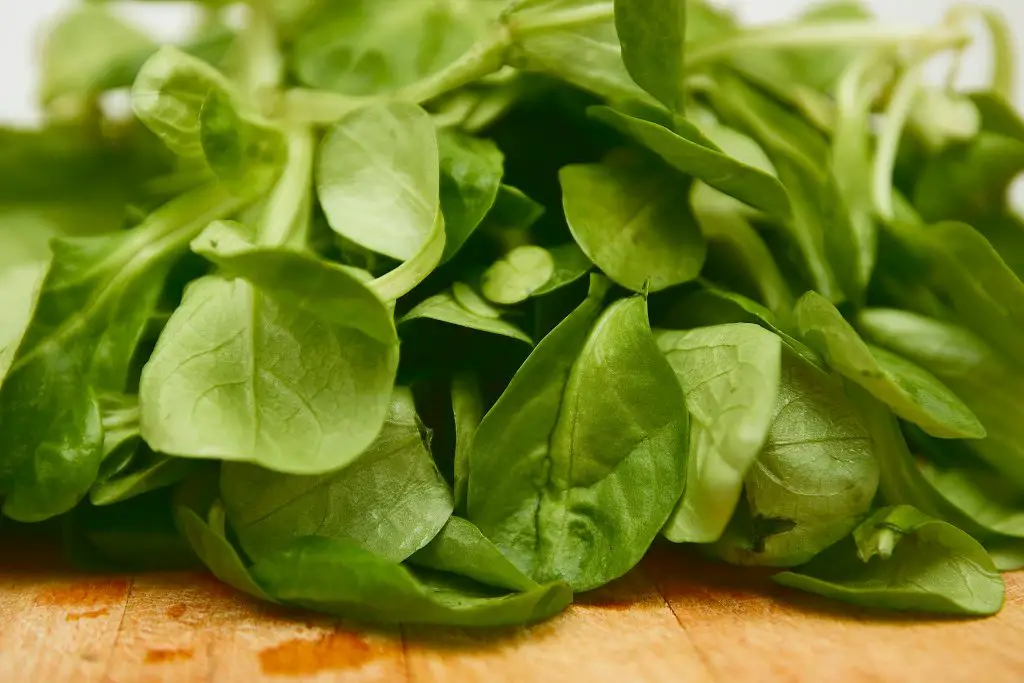
If you live in a relatively mild climate spinach can be grown throughout the winter though the frequency of picking will reduce significantly with the rate of growth of the plant. This can be seen clearly from the study carried out which looked at the volume of harvest and frequency of picking based on different dates of planting.
These dates vary from early September through to November with plants being planted early in September yielding higher amounts due to the increased number of harvests which was typically 10 to 12. at the other end of the scale plants put in in November generally were only harvested 4 or 5 times throughout their growing life which was reflected in a reduced yield.
How To Maximise Your Yield
From the study, it is apparent that planting earlier in the season when the weather is starting to cool down will provide you with additional harvests however the planting dates can be somewhat manipulated by using seed trays indoors. This will allow the plants to the started even earlier than September.
However, unlike most vegetables, the main concern in planting earlier isn’t so much sufficient heat but actually preventing the seed trays from getting too hot as such it is best to place the seed trays in a shady location where the temperature is relatively moderate.
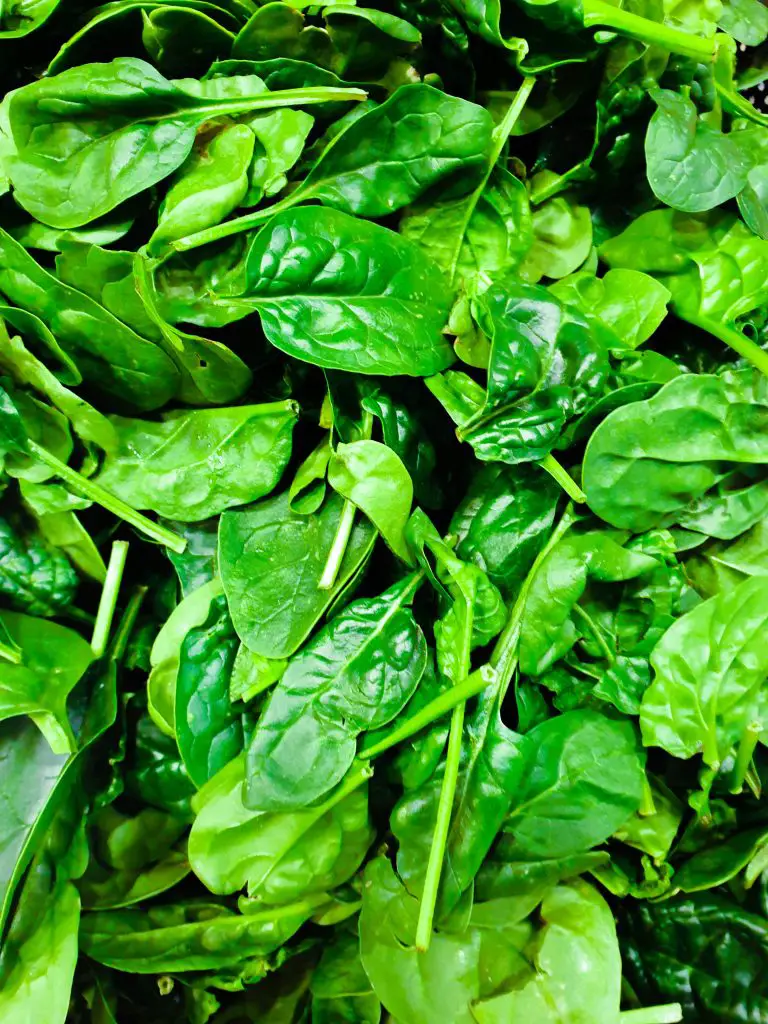
The second recommendation we have to improve your yield is to sow frequently as this will ensure that you have several different crops to select from when harvesting throughout the main season.
This season can also be extended by using row covers in the latter parts of a season when the weather is starting to really cool down. At this stage of the season adding a little bit of additional warmth will increase the growth rate and therefore the number of harvests that can be taken.
The use of row covers is extremely useful for a range of crops particularly if you live in a location where the growing seasons are relatively short. If you are considering purchasing a product of this type the one we would recommend is the growsun row cover because it is relatively tall but also has long hoops which can be anchored deeply into the ground making it more wind resistant.
While the height of the row cover is not particularly important with spinach it will allow you to use the row cover for a wider range of crops that are significantly larger than spinach. To see the latest price on this product click on the link below.
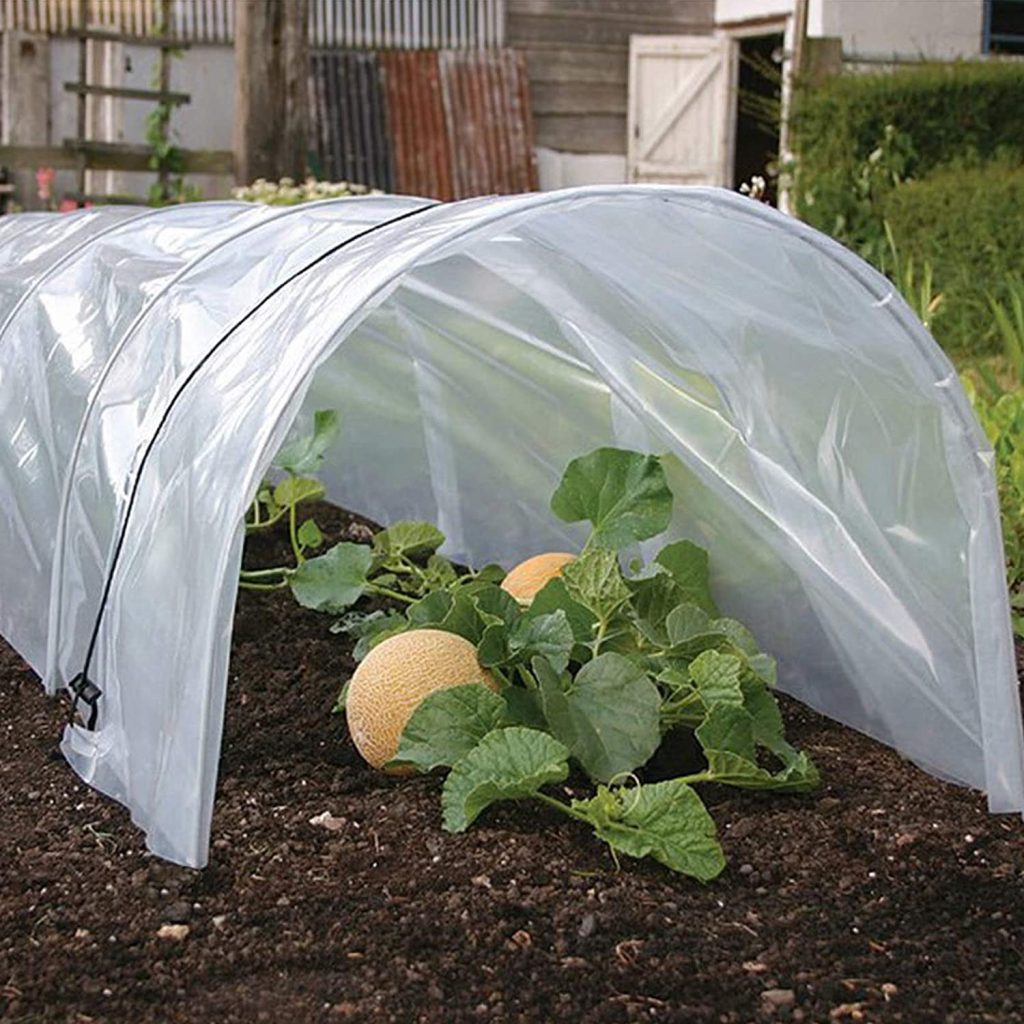
Extend Your Season With Growsun Row Covers
How To Grow Spinach
Spinach is a relatively easy crop to grow from seed but many people also buy seedlings from the garden centre. To grow the plant from seed it is recommended that you sow the seeds into a seed tray rather than into the garden irrespective of the time of year that the seeds are being planted.
The reason for this is that in the warmer months the garden space that you have is most likely to be occupied by other vegetables, therefore using a seed tray will allow you to get the plants going while waiting for space to become available.
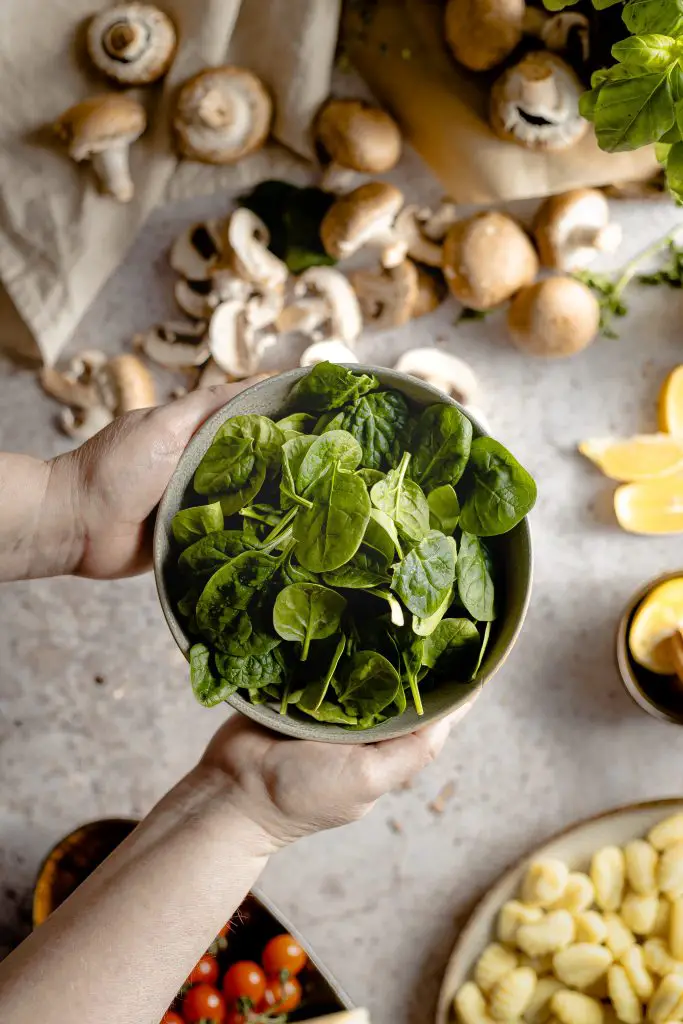
In the cooler months, the seed trays have the advantage of being able to be placed in warmer conditions to accelerate the rate of growth of the plants.
In terms of sowing dates, we generally recommend that you sow so successional crops from the end of summer to mid-autumn. Seeds can also be planted in winter in seed trays in preparation for the early part of spring which is relatively cool and if you’re also lucky enough to live in a relatively mild climate spinach can also be grown throughout the winter.
When planting seeds it is recommended that you use a modular seed tray and plant at least 2 to 3 seeds per cell to ensure that you get at least some plants coming up in each and every cell. As spinach seeds are relatively large they can typically be planted at a depth of approximately half an inch to an inch in the soil.
Once planted seedlings will typically appear 7 to 21 days after sowing however this is highly dependent upon the temperature of the surrounding environment. The seedlings will need to spend approximately 4 to 6 weeks in the seed tray and during this period they need to remain consistently moist.
When the seedlings are large enough they can be planted out into the garden in either full sun or part shade at a spacing of 6 to 8 inches apart. Planting spinach in part shade can be advantageous when the weather is starting to warm up as this will delay the plant from bolting.
However, when planting leafy greens such as spinach it is extremely important to protect the plants from the attack from slugs and snails which can be a huge problem at that time of year. The easiest way to do that is to sprinkle snail bait around the plants to protect them.
In terms of soil conditions spinach is not all that fussy however as a general rule most plants do enjoy having rich moist and free-draining soil with plenty of nutrients to encourage growth.
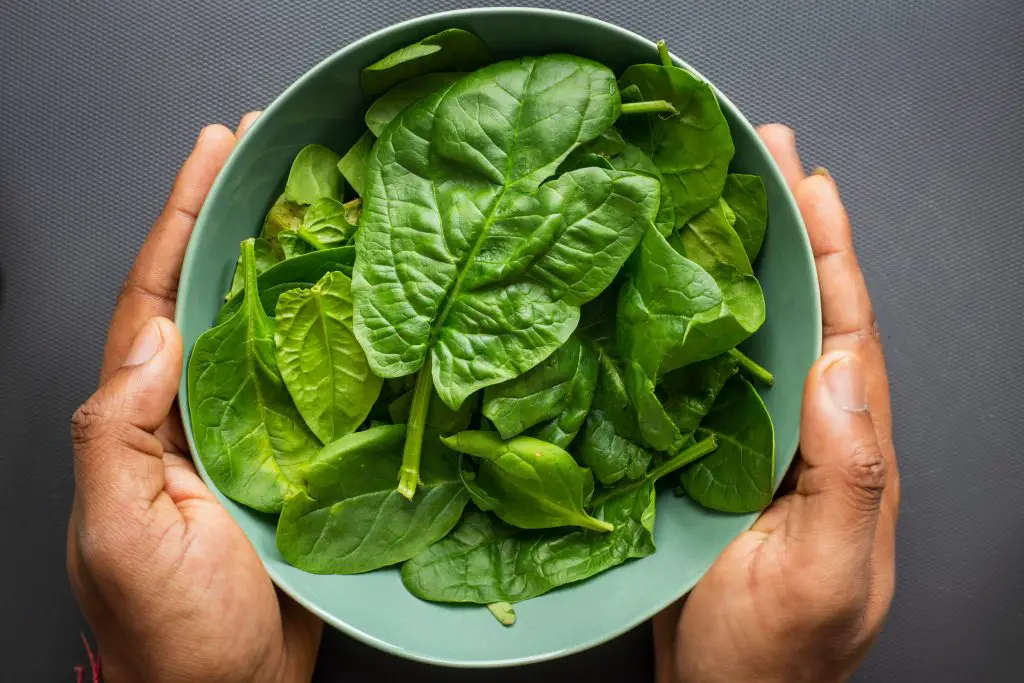
In terms of harvesting the plant typically this can occur at any aware between 40 to 60 days after the seedlings have been transplanted into the ground according to the University of New Hampshire study.
As mentioned above it is best to pick only a few leaves from each plant to create a sufficient harvest rather than remove all the leaves from a single plant as it will take an extended period of time for the plant to recover from the harvest and it will reduce your overall yield.
I hope you found this article useful and had great success with your spinach if you have any additional questions or comments please leave them in the section below.
Relevant Articles
Chard Vs Spinach: Are They The Same Thing?
Are Arugula And Spinach The Same Thing? What Is The Difference?
How Many Times Can You Harvest Lettuce? (It’s More Than You Think)
